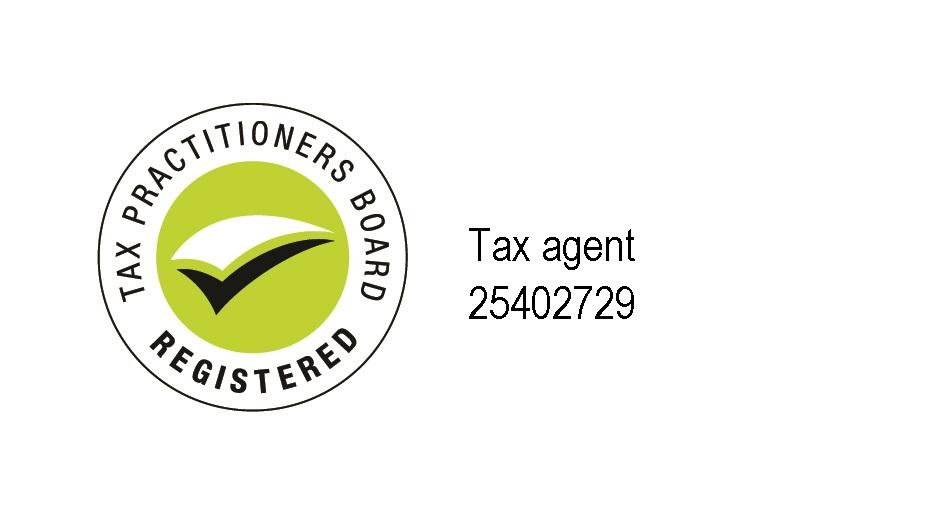Superannuation and Estate Planning

As a result of 2017’s reforms, superannuation
and its link with estate planning has taken a big step forward, stemming mainly
from an increase in the number of cases being contested before the courts and
tribunals.
Preparing for your Family’s
Future
Whist no-one wants to talk about their death, it’s important to decide what will happen to your assets when you die. This process will include addressing issues like estate plans, your Will, testamentary trusts, powers of attorney, as well as legal and financial housekeeping.
Superannuation and estate planning are both delicate issues, but the super reforms increased their complexity and may inadvertently impact even the most carefully considered estate plan.
Superannuation and Estate Planning
Many people have not considered (let alone documented) whom they would like to receive their super once they have gone. For this reason, it is never too early to establish an Estate Plan. It is important to consider the $1.6 million transfer balance cap and, the potential for benefits to leave the super environment sooner than anticipated.
Passing on your Super
You may not know but superannuation benefits do not automatically form part of your estate and they are not automatically distributed in accordance with your Will. When you die, your super benefits will be paid out to an eligible beneficiary as a lump sum or pension and further, they can’t be transferred to the beneficiary’s accumulation account. For this reason, it is important to review your estate plan on a regular basis and ensure your assets are directed to your intended beneficiaries or estate in accordance with your wishes.

discussion on Dynamic Delivery in Startups. Watch the full panel discussion here.
Death Benefits
Superannuation is a useful tool in the management
of your estate planning. However, it is not the be all and end all, due to
the limits imposed by the transfer balance cap and the value of death benefits
that can be retained in superannuation. This
new environment requires you to identify who you would like to pass your
benefits on to, and how. With many people having different family circumstances
and super fund compositions, there is no ’one size fits all’ approach to estate
planning.
If you hold a self-managed superannuation fund (SMSF), you should organize a binding death benefit nomination (BDBN), a reversionary pension election or the actual SMSF deed. It is also important to ensure you have a BDBN and/or will that reflect your current wishes.
We recommend that all SMSF members take time to review their current BDBNs, reversionary nominations and wills and consider the following issues:
- Have you completed a valid BDBN for your SMSF?
- Who do you want to pass your superannuation benefits to?
- Is your nominated person an eligible beneficiary (as listed above)?
- Do you want your surviving spouse to receive some or all of your superannuation benefits?
- Will your benefits cause your spouse to exceed their transfer balance cap?
- If they do exceed their transfer balance cap, do you want them to withdraw the excess amount from super as a lump sum or are there other beneficiaries you would like to make provision for at this time?
- Will your benefits cause your spouse to lose their eligibility to the Age Pension or Commonwealth Seniors Health Card?
- If you have an existing pension, will your spouse benefit from a reversionary nomination?
If you do not want your spouse to withdraw funds into their own name or you don’t have a spouse, have you considered asset protection, tax effective options to manage investment income and death benefits tax implications?
Also make a point of understanding how death benefits can be retained in superannuation and who is eligible to receive lump sums and pensions. The validity of death benefit nominations, provisions of the fund’s trust deed and, your last will and testament are all considered to ensure the right amount is paid to the right person at the right time.
Death or Disability
When you establish your SMSF, and later if a change in membership occurs, it is important to consider what approach should be taken in the event of your death or disability. Addressing these issues in advance can make things a lot easier for other member trustees, and family.

discussion on Dynamic Delivery in Startups. Watch the full panel discussion here.
Estate Planning
Forward planning the management of your financial
affairs for the period after your death is a very important process. Estate Planning as they call it, will help
manage the distribution of your estate to beneficiaries and therefore, it involves
more than simply having a Will. An
estate plan provides clear instructions on how you want your assets distributed
after your death. It may also include documents that govern how you will be
cared for, medically and financially, if you become unable to make your own
decisions in the future.
Estate Planning requires you to consider all your assets and any property you own or control at the time of your death, including how your superannuation benefits will be treated. A good plan will also aim to minimize the tax paid by your heirs and help avoid any family disputes.
If you have made a binding nomination in your super or insurance policies, the beneficiaries named in those policies will override anyone mentioned in your will. If you have a family trust, the trust continues and its assets will also be distributed according to the trust deed, no matter what is written in your will.
Structure For Success
As always, when reviewing your estate plan, don’t forget to also review the
circumstances of your family members (i.e. surviving spouse or children from a
previous relationship) who have a reasonable expectation of inheriting from
you. Have you considered the amount and kind of provisions they might require?
It is also important to consider the appropriate structure for passing your estate to intended beneficiaries. For example, wills often establish testamentary discretionary trusts for different purposes, such as:
- asset protection for vulnerable beneficiaries – a well drafted testamentary trust can protect your estate from a beneficiary’s creditors, or from a spendthrift beneficiary
- managing income – a testamentary trust may allow income generated on inherited assets held inside the trust to be shared between different family members, potentially providing significant taxation savings.
There may also now be planning opportunities available that enable a spouse to maximize the amount retained within the super environment.
If you have any concerns or would like to check your estate plan, we recommend seeking advice from a legal professional.
If you have any questions or need advice and clarity specific to your business, feel free to contact Semmens & Co on 03 8320 0320 for a free consultation.







